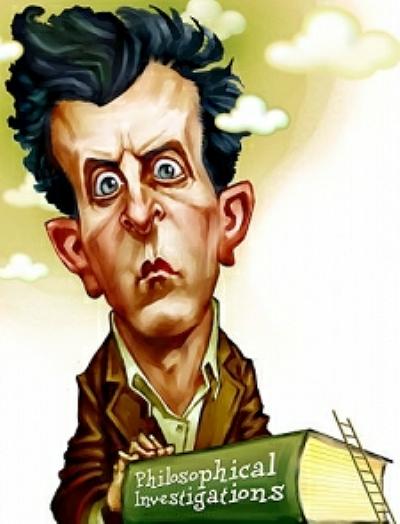Why Goodness is not a Property
Since G. E. Moore's Principia Ethica (1903) the question of whether "good" denotes a property of something has been important in the field of Ethics. Indeed, one might say it spawned the whole field of metaethics which looks at the epistemological and metaphysical underpinnings of ethical beliefs. Moore challenged the notion of hedonistic utilitarians like John Stuart Mill that we could determine the right things to do, the morally good acts we should perform and support, by a calculus of the acts' effects in terms of how much pleasure or happiness such acts added to, or subtracted from, the world. Formulating his "open question" argument, Moore pointed out that it made no logical sense to suppose that anything that could be brought about in the natural world was what we meant by "good" and so it could never be enough to presume that how much happiness or pleasure, or any other natural phenomenon, was fostered in the world could determine whether or not we should act to bring such things about. This, he noted, was simply because we can always ask a further question of the supposed good, i.e., whether it, itself, is good. That is, since we can conceive of circumstances in which pleasure or happiness are not good (think of the happy junkie or serial killer who takes delight in his pursuits), the term "good" cannot possibly be equivalent to being happy or, indeed, any other phenomenon or condition.
Moore's solution was to suppose that "good" must therefore be understood as denoting something else and, because everything natural (occurring as part of the natural world in which we stand) could be either good or not good (i.e., fell victim to the "open question"), what "good" denotes must, in fact, be understood as being non-natural. That is, Moore suggested, it must be some property of a thing that is outside the natural world. Moreover, he suggested that such a property must be bottom line in its own nature, i.e., it must be unanalyzable to anything more basic than itself. Finally, he reasoned, such a property must be known to us in a way quite different than physical phenomena (natural properties and their aggregates) are known to us. That is, he concluded, it must be apprehended, when it is present, in some direct, intuited way. Thus Moore concluded the word "good," while operating like other words for properties, such as "yellow," must name a kind of property quite different from the sort of thing "yellow" names.
Later thinkers in the twentieth century, while finding Moore's critique of hedonistic utilitarianism compelling, were less moved by his solution. . . .
 Ethics,
Ethics,  G. E. M. Anscombe,
G. E. M. Anscombe,  G. E. Moore,
G. E. Moore,  Metaethics,
Metaethics,  Philippa Foot in
Philippa Foot in  Stuart Mirsky
Stuart Mirsky 
 (Stuart W. Mirsky is the principal author of this blog).
(Stuart W. Mirsky is the principal author of this blog).



